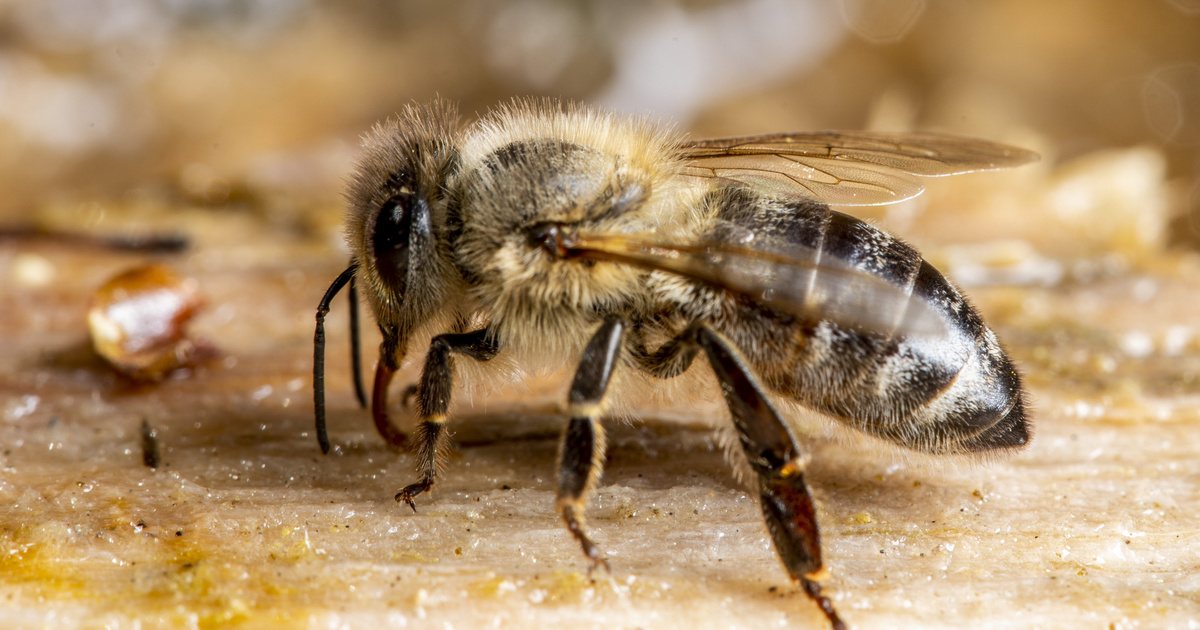“Angry” bees produce a high-quality, protein-rich venom, and researchers at Curtin University in Australia have studied how behavioral and environmental factors affect the quality of bee venom used to treat degenerative and infectious diseases. For their results, visit Phys.org mentioned. The authors of the study, published in the journal Plos One, were the first in the world to analyze the diversity of proteins in the venom produced by honeybees.
We found that nearly a third of the 99 bee venom proteins have been formally identified so far. The more protein in the poison, the higher its quality and effectiveness
Daniela Scacaparozzi, an employee at the university, said her findings could be useful not only in medicine but also in beekeeping. he added:
To understand the diversity of proteins in bee venom and the factors behind it, our research team examined a number of factors, including the behavioral patterns of bees.
Experts have discovered that “angry bees” that responded intensely to electrical stimulation in hives studied in southwestern Australia produced a richer, protein-rich venom. Scacaparozzi and colleagues further confirm that temperature also affects bee venom protein formation.
High temperatures can harm bee activity both outside and inside the colony. The expert said that in the case of 25 beehives examined, we found that the production of venom from bees was lower than in areas with higher temperature.
This confirmed our hypothesis that seasonal factors lead to a change in the protein composition of bee venom. The optimum temperature for high protein variety is between 33 and 36°C
Note.
The researchers also found that the composition of bee venom is affected by its geographic location as well as the stage in which the plant blooms when visited by bees.












































